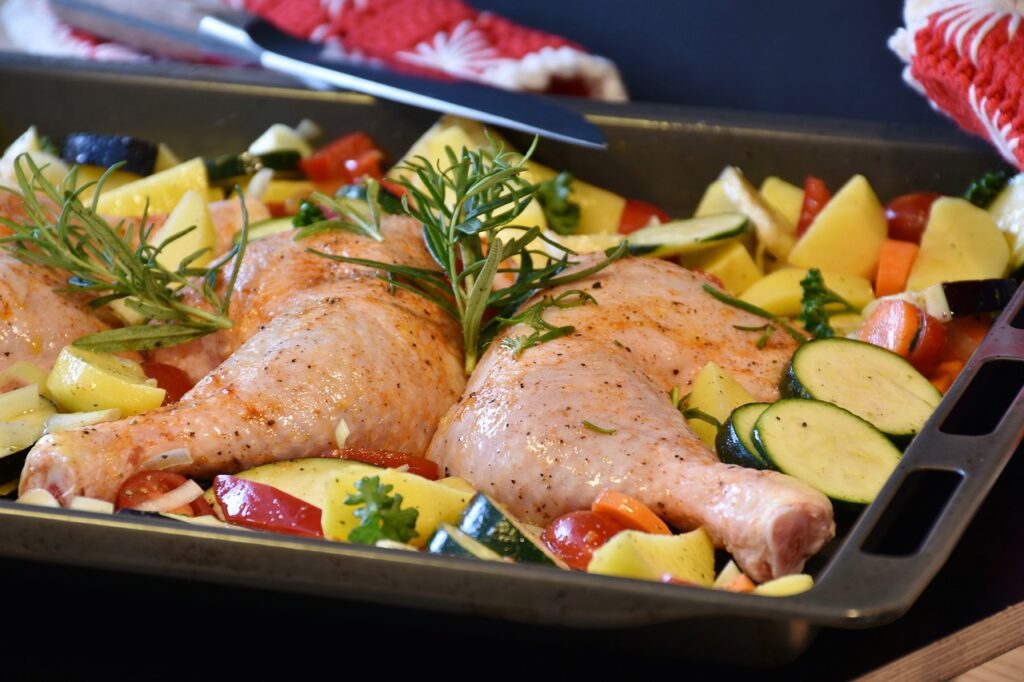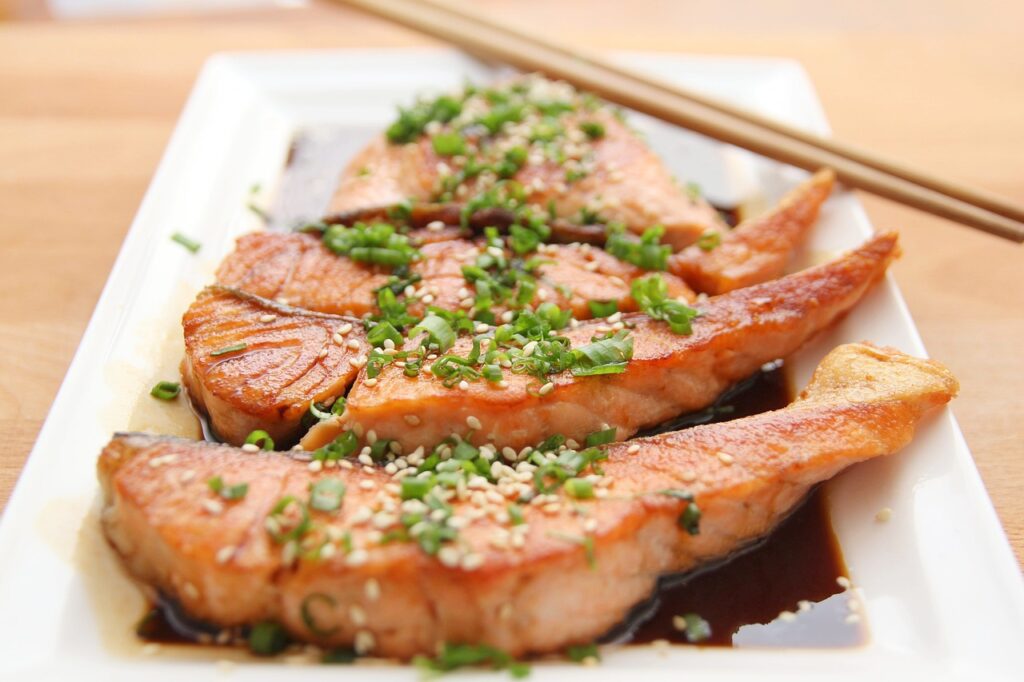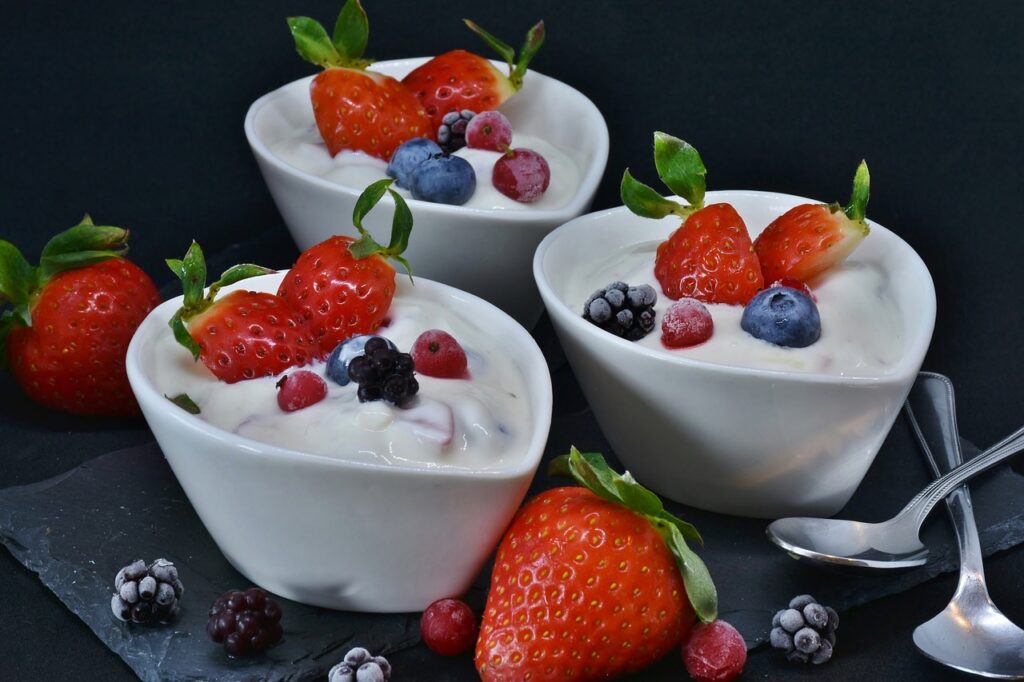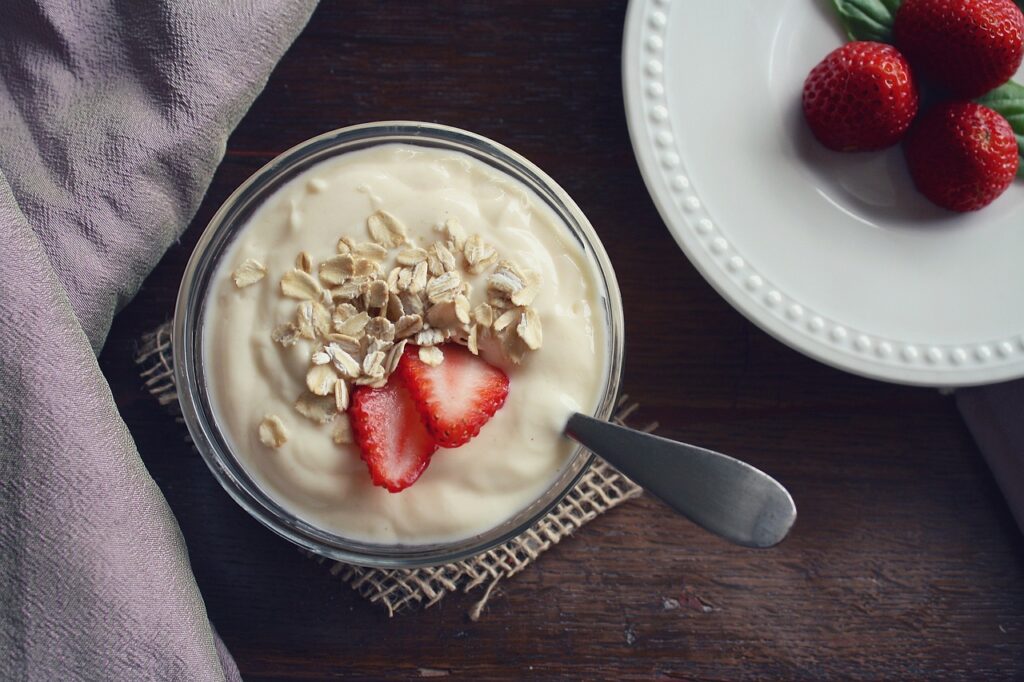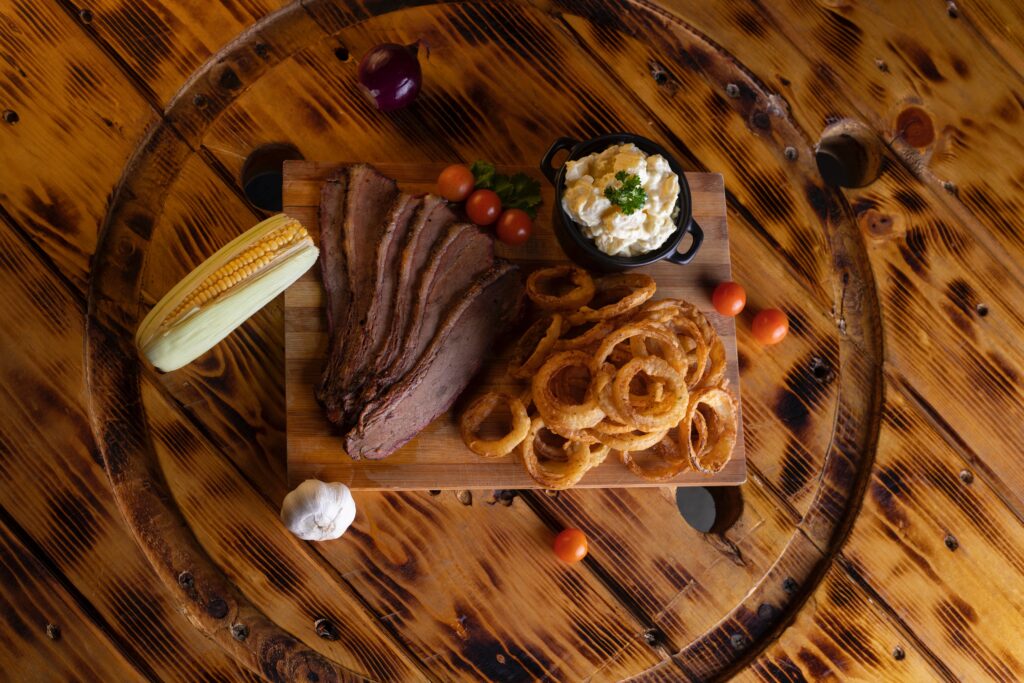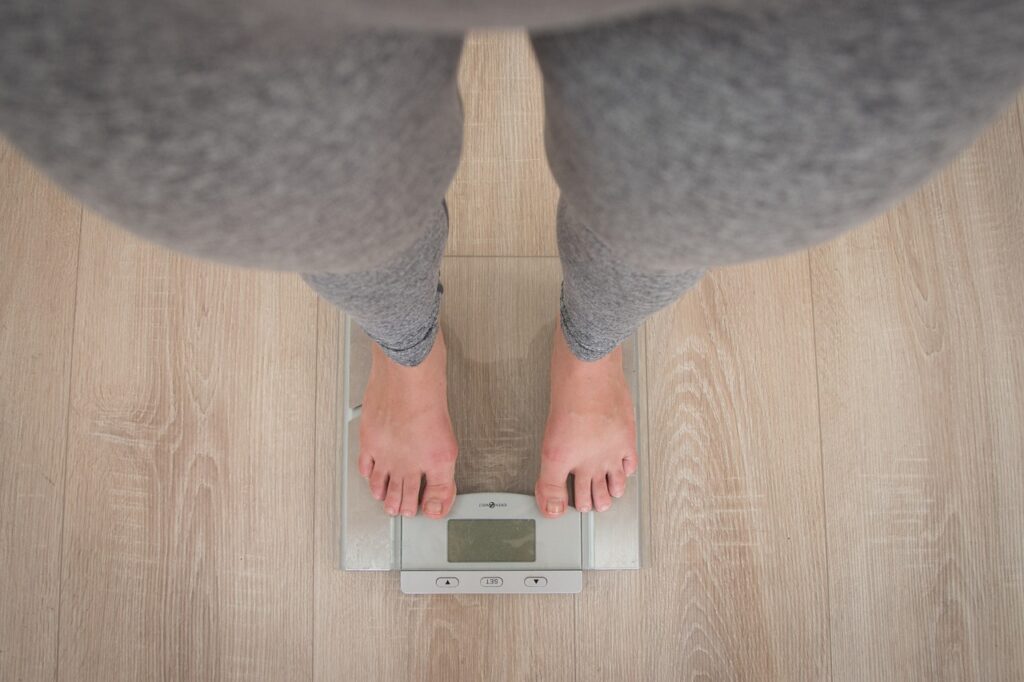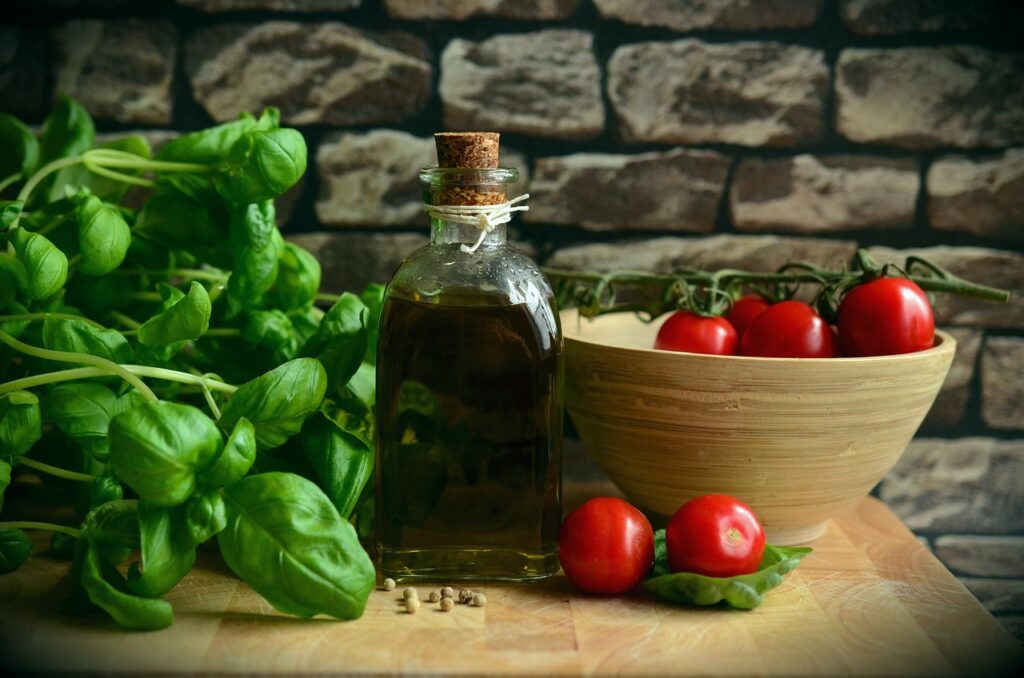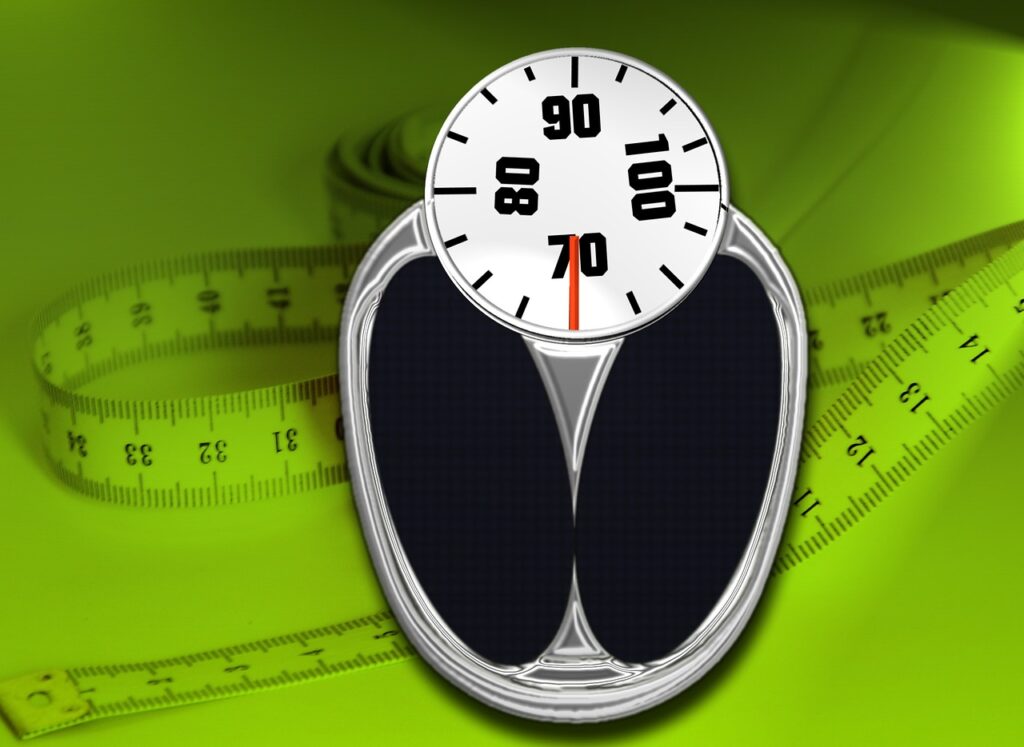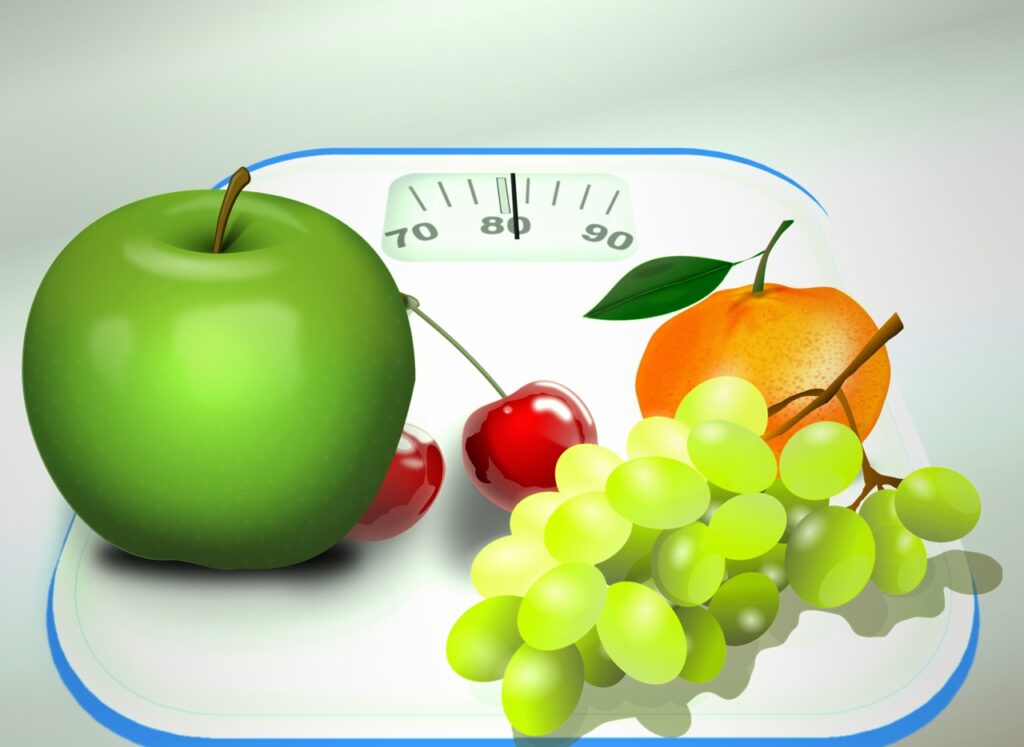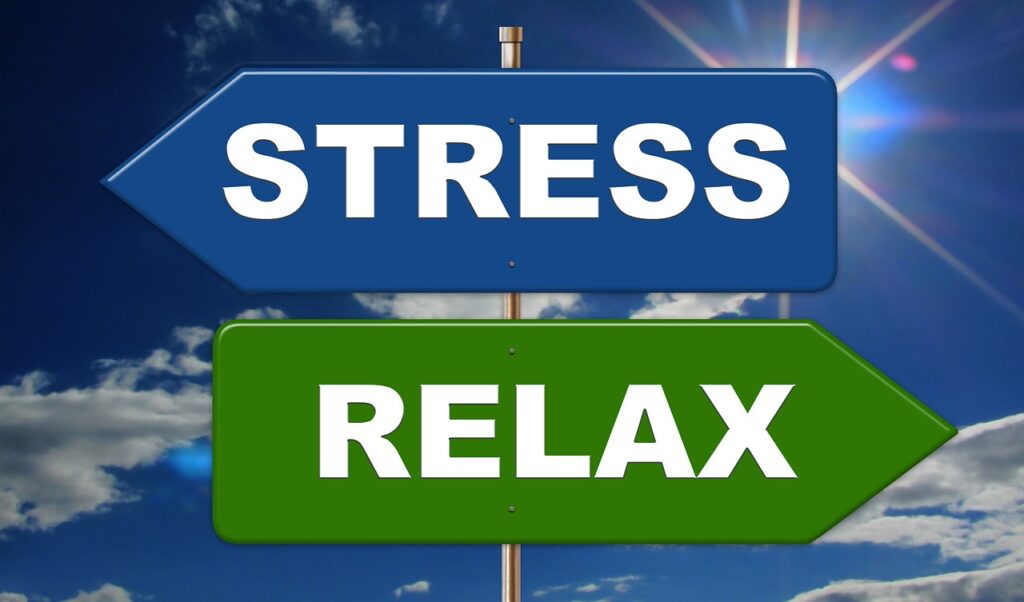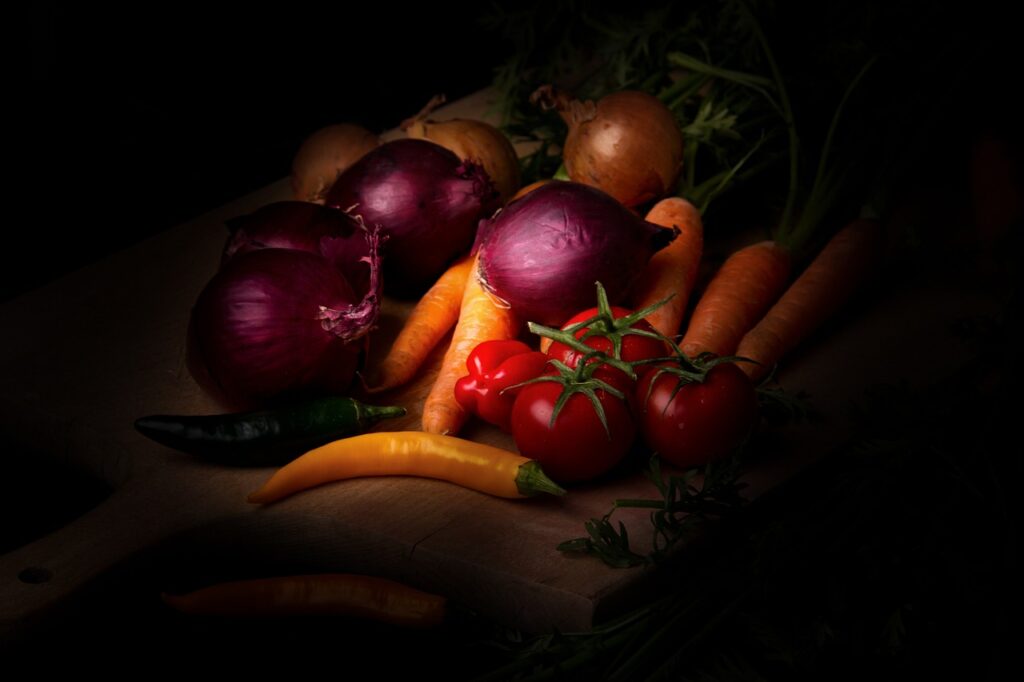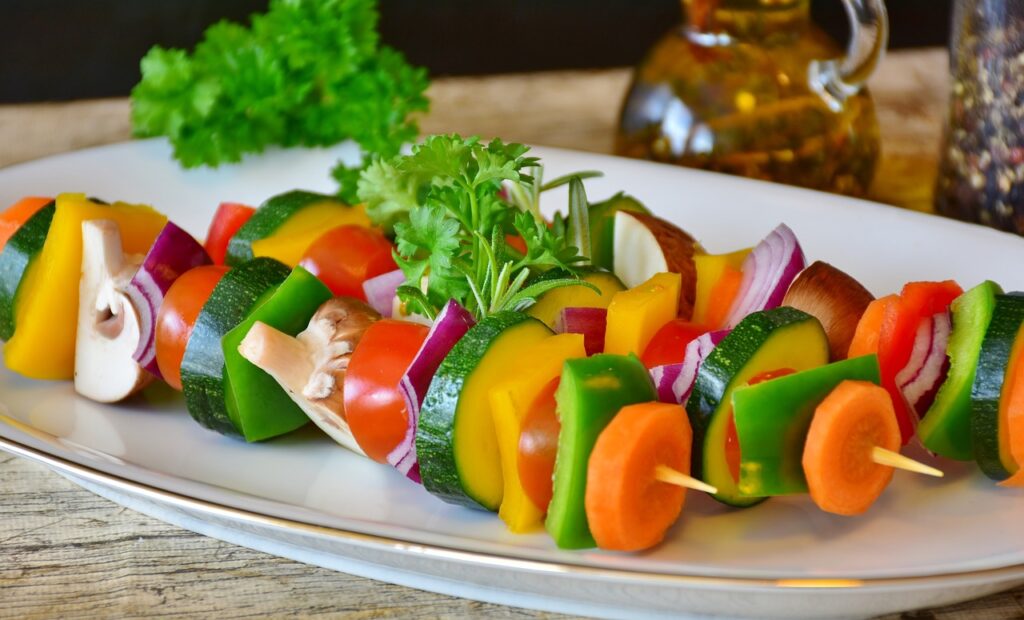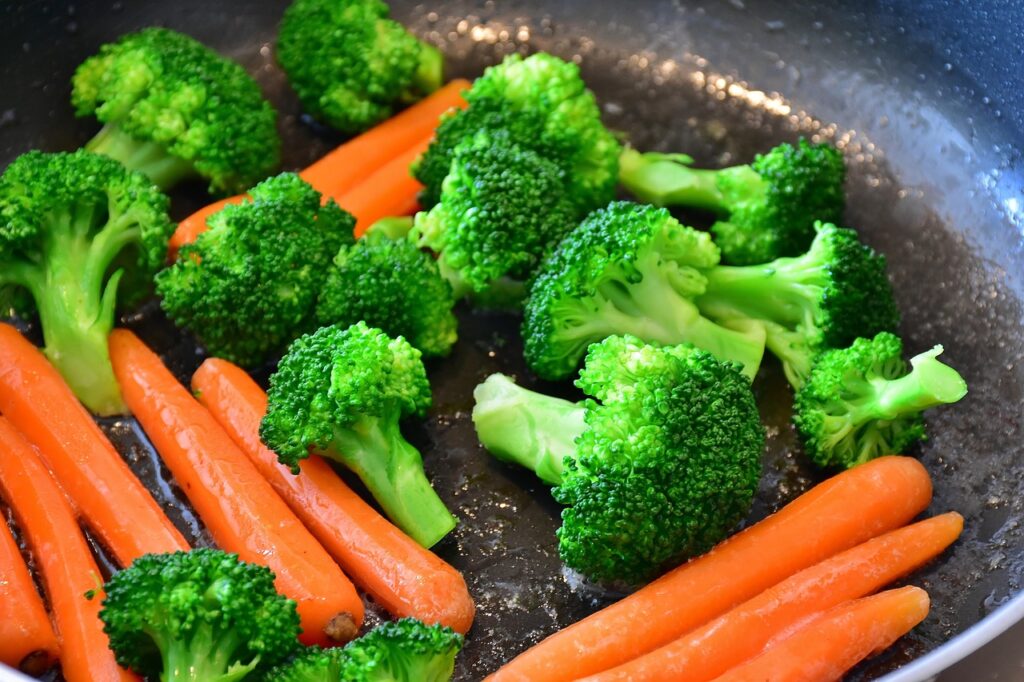Calories in Banana, Avocado, and Apple
Ever wondered how many calories are in a banana, avocado, and apple?
Regarding healthy eating, keeping track of your calorie intake is crucial. Caloric intake plays a crucial role in weight control, energy levels, and overall health.
Content of three popular fruits: banana, avocado, and apple.
We’ll also discuss the nutritional benefits of each fruit and provide tips on how to incorporate them into your diet.

Calories in a banana
A medium-sized banana contains about 105 calories. Bananas are an excellent source of potassium, vitamin B6, vitamin C, and fiber. In addition, the natural sugars in bananas can provide a quick boost of energy when needed. They also contain antioxidants like dopamine and catechins, which may help protect cells from free radical damage.
In addition, the high fiber content in bananas can help promote regular bowel movements and prevent constipation.
A medium-sized banana contains:
- 105 calories
- 1.3 grams of protein
- 0.3 grams of fat
- 27 grams of carbohydrates
- 3.1 grams of dietary fiber
- 12 grams of sugar
- 10% of your daily vitamin C needs
- 17% of your daily vitamin B6 needs
- 16% of your daily potassium needs
Bananas are versatile fruit that can be eaten as a snack, added to smoothies, or used as a sweetener in baking. Try slicing up a banana and rubbing it in peanut butter for a healthy and filling snack.
You can add a banana to your morning oatmeal or yogurt to add flavor and nutrients.
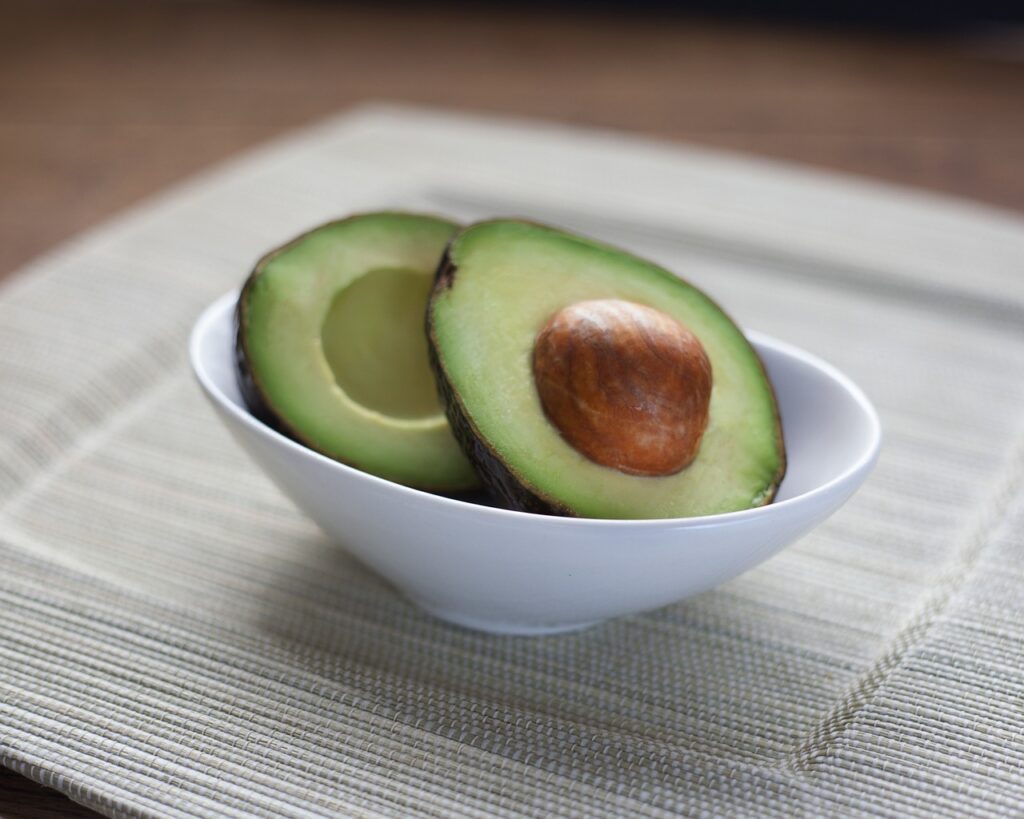
Calories in an Avocado
A medium-sized avocado contains about 250 calories.
Avocados are a unique fruit because they are high in healthy fats, which can help with feelings of satiety and weight management. They’re also a great source of potassium, vitamin K, vitamin E, and vitamin B6. Avocados are also low in carbohydrates. , making them a great option for those on a low-carb diet. They’re also high in antioxidants, including carotenoids and polyphenols, which can help protect cells from free radical damage. Avocados also contain lutein and zeaxanthin, which are important for eye health.
A medium-sized avocado contains:
- 250 calories
- 2.5 grams of protein
- 23 grams of fat
- 17 grams of carbohydrates
- 13 grams of dietary fiber
- 1.5 grams of sugar
- 20% of your daily vitamin K needs
- 20% of your daily vitamin E needs
- 17% of your daily potassium needs
- 13% of your daily vitamin B6 needs
Avocados are another versatile fruit that can be eaten as a snack, mashed and spread on toast, or added to salads and sandwiches for extra creaminess. A classic way to enjoy avocados, guacamole makes a great topping for veggies or tortillas. Avocado toast is another popular and delicious option.

Calories in an Apple
A medium-sized apple contains about 95 calories.
Apples are a good source of vitamin C, fiber, and antioxidants. They’re also low in fat and sodium, making them a healthy snacking option. In addition, the natural sugars in apples can provide a quick boost of energy when needed. They’re also a good source of fiber, which can help promote regular bowel movements and lower cholesterol. Apples also contain pectin, a type of soluble fiber that may help regulate blood flow.
A medium apple contains:
- 95 calories
- 0.5 grams of protein
- 0.2 grams of fat
- 25 grams of carbohydrates
- 4 grams of dietary fiber
- 19 grams of sugar
- 14% of your daily vitamin C needs
Apples can be eaten as a snack, added to salads, or used in baking. Try slicing an apple and dipping it in peanut butter or almond butter for a tasty and healthy snack. You can also add apples to your morning oatmeal or yogurt to add flavor and nutrients. Apple sauce is also a great option and can be used as a healthy alternative to sugar in baking recipes.
Table: Nutritional Comparison of Banana, Avocado, and Apple
| Fruit | Serving Size | Calories | Protein (g) | Fat (g) | Carbohydrates (g) | Dietary Fiber (g) | Sugar (g) | Vitamin C (mg) | Vitamin B6 (mg) | Vitamin K (mcg) | Vitamin E (mg) | Potassium (mg) |
| Banana | 1 medium | 105 | 1.3 | 0.3 | 27 | 3.1 | 12 | 10 | 0.4 | 2.5 | 0.1 | 487 |
| Avocado | 1 medium | 250 | 2.5 | 23 | 17 | 13 | 1.5 | 10 | 0.5 | 34 | 2.7 | 689 |
| Apple | 1 medium | 95 | 0.5 | 0.2 | 25 | 4 | 19 | 8 | 0.1 | 1.9 | 0.1 | 195 |
Note: Values may vary depending on fruit size and maturity. These values are based on an average-sized fruit and may not be accurate. It’s always best to check the label or consult a nutritionist for accurate levels. Also, the table above shows the values for a medium-sized fruit, the serving size can vary depending on the needs and demands of the person. Plantains are best kept at room temperature until ripe and can then be stored in the refrigerator.
Avocados should be stored at room temperature until ripe and can then be refrigerated to slow the ripening process. Apples should be refrigerated to preserve their crunchy texture.
Bananas, avocados, and apples are great options for those looking to eat healthily. Each fruit offers unique nutritional benefits and can easily be incorporated into your diet.
By tracking your calorie intake, you can ensure you’re getting the right amount of energy to fuel your body and meet your health goals.

Get Free Notion Templates, Recipies, and Ebook! If you love what we do, fuel our work with a coffee!
Note: This article includes affiliate links. Your support is valued and comes at no additional expense to you.
Crypto Donation – 94TQXX1ENtkXgVmNwQNPzW2HKXXPYhHdzPRPkvtkMVgf

